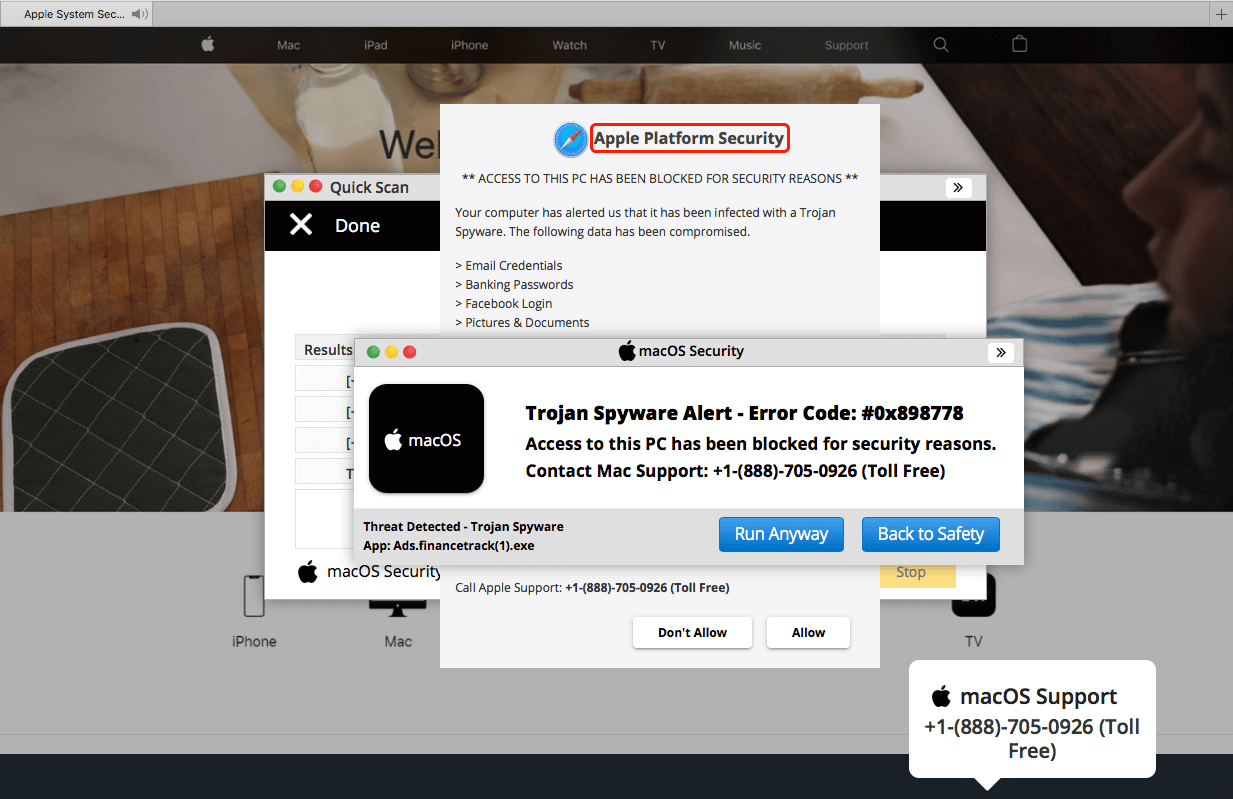Mobile VoIP and WiFi Go Hand in Hand
3 min readMobile VoIP and WiFi Go Hand in Hand  The continuing migration from the old PTSN phones to VoIP systems can be traced to elements favorable to Internet telephony, such as lower costs, higher bandwidth and faster transmission of data packets. Other factors that facilitated VoIP adoption include non-tangibles like portability and flexibility that fostered the growth of customers who wanted to be connected to their home or office phones even while on-the-go. This increasingly mobile population requires devices that are equally handy and portable – VoIP enabled phones that are easy to configure without any large additional costs. Wireless LAN connectivity was included in the development of these user agents since the various implementations of WLAN technologies-collectively known as WiFi – are by far the most ubiquitous wireless networking technology available. The Basics of WiFi The various WiFi technologies are defined by the Institute of Electrical and Electronics Engineers IEEE) 802.11 standard, which refers to Wireless LAN (WLAN) implementations. These wireless technologies enable device-to-device connectivity for sending and receiving IP-formatted data over the air (OTA), as if the devices are directly connected together by cable. The OTA transmission occurs in two separate bands of the radio spectrum, the 2.4 GHz Industrial, Scientific, and Medical (ISM) band, and the 5 GHz Unlicensed National Information Infrastructure (U-NII) band. Both are unregulated and do not require licenses from government authorities to use. The unregulated status of these radio bands drove the popularity of WiFi as more people and businesses became network operators by just merely plugging in a WiFi router to create a personal area networks (PAN), local area networks (LAN), wide area networks (WAN) or metropolitan area networks (MAN). Since the US FCC released the ISM band in 1985 for unregulated use, several implementations of wireless networking have been established. The 802.11 versions currently in use are 802.11b, 802.11g and 802.11n, with the latter two versions allowing transmission speeds sufficient to meet the bandwidth and speed requirements of VoIP calls. Mobile VoIP Systems Using WiFi The ubiquity of WiFi networks – often offered free of charge in diverse places such as neighborhood malls and public transport systems – made it imperative for phone makers to integrate WiFi connectivity into new phones being developed. These new products can be broadly categorized into two types: dedicated VoIP phones (example is the Cisco Unified Wireless IP Phone) and mobile phones with integrated VoIP functionality or downloadable VoIP applications. Dedicated VoIP phones include features that are designed to ensure voice quality, call security and user convenience. These are usually sleek yet unsophisticated phones that offer standard features like speakerphone for hands-free usage and protected WiFi setup. Typically, these phones are expensive as they are built to last for years, but the cost of purchase can be recouped from the savings generated from using VoIP. The dual-mode mobile phones, on the other hand, are primarily cellular phones integrated with WiFi connectivity using the Unlicensed Mobile Access (UMA) technology. In these phones, calls can seamlessly move from 3G/GPRS/UMTS mobile networks to WiFi hotspots and vice versa, depending on the phone settings. If a phone is set to “UMA-preferred” setting, for example, a call can be initiated while in the mobile network then once the phone detects a WiFi hotspot, it automatically shifts to a VoIP call without cutting the connection. In this way, expensive calls using the mobile network are minimized.
The continuing migration from the old PTSN phones to VoIP systems can be traced to elements favorable to Internet telephony, such as lower costs, higher bandwidth and faster transmission of data packets. Other factors that facilitated VoIP adoption include non-tangibles like portability and flexibility that fostered the growth of customers who wanted to be connected to their home or office phones even while on-the-go. This increasingly mobile population requires devices that are equally handy and portable – VoIP enabled phones that are easy to configure without any large additional costs. Wireless LAN connectivity was included in the development of these user agents since the various implementations of WLAN technologies-collectively known as WiFi – are by far the most ubiquitous wireless networking technology available. The Basics of WiFi The various WiFi technologies are defined by the Institute of Electrical and Electronics Engineers IEEE) 802.11 standard, which refers to Wireless LAN (WLAN) implementations. These wireless technologies enable device-to-device connectivity for sending and receiving IP-formatted data over the air (OTA), as if the devices are directly connected together by cable. The OTA transmission occurs in two separate bands of the radio spectrum, the 2.4 GHz Industrial, Scientific, and Medical (ISM) band, and the 5 GHz Unlicensed National Information Infrastructure (U-NII) band. Both are unregulated and do not require licenses from government authorities to use. The unregulated status of these radio bands drove the popularity of WiFi as more people and businesses became network operators by just merely plugging in a WiFi router to create a personal area networks (PAN), local area networks (LAN), wide area networks (WAN) or metropolitan area networks (MAN). Since the US FCC released the ISM band in 1985 for unregulated use, several implementations of wireless networking have been established. The 802.11 versions currently in use are 802.11b, 802.11g and 802.11n, with the latter two versions allowing transmission speeds sufficient to meet the bandwidth and speed requirements of VoIP calls. Mobile VoIP Systems Using WiFi The ubiquity of WiFi networks – often offered free of charge in diverse places such as neighborhood malls and public transport systems – made it imperative for phone makers to integrate WiFi connectivity into new phones being developed. These new products can be broadly categorized into two types: dedicated VoIP phones (example is the Cisco Unified Wireless IP Phone) and mobile phones with integrated VoIP functionality or downloadable VoIP applications. Dedicated VoIP phones include features that are designed to ensure voice quality, call security and user convenience. These are usually sleek yet unsophisticated phones that offer standard features like speakerphone for hands-free usage and protected WiFi setup. Typically, these phones are expensive as they are built to last for years, but the cost of purchase can be recouped from the savings generated from using VoIP. The dual-mode mobile phones, on the other hand, are primarily cellular phones integrated with WiFi connectivity using the Unlicensed Mobile Access (UMA) technology. In these phones, calls can seamlessly move from 3G/GPRS/UMTS mobile networks to WiFi hotspots and vice versa, depending on the phone settings. If a phone is set to “UMA-preferred” setting, for example, a call can be initiated while in the mobile network then once the phone detects a WiFi hotspot, it automatically shifts to a VoIP call without cutting the connection. In this way, expensive calls using the mobile network are minimized.







